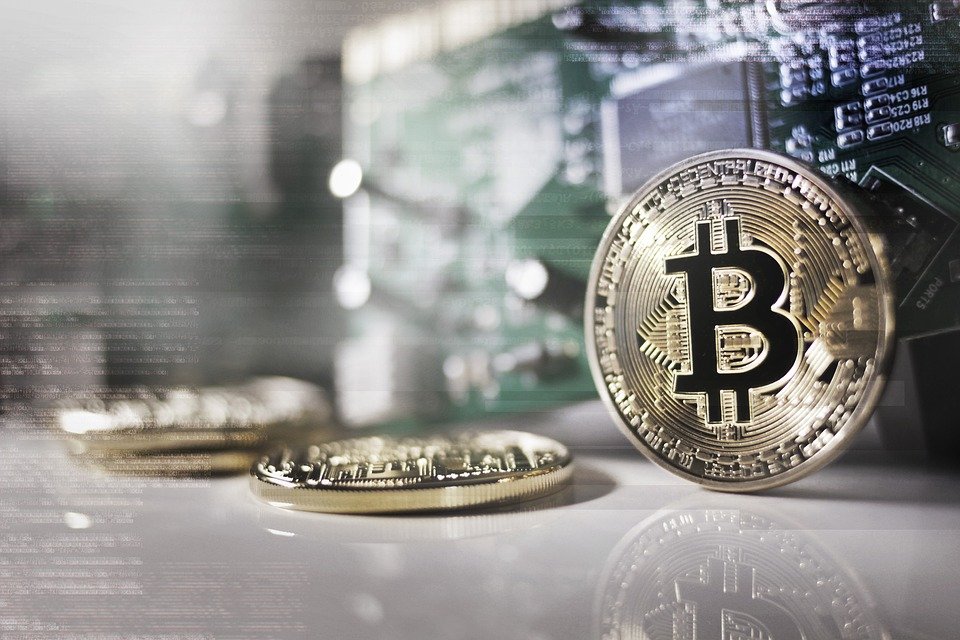The world of cryptocurrency has evolved rapidly since the inception of Bitcoin in 2009. While Bitcoin remains the most well-known and widely used digital currency, a plethora of alternative coins, or altcoins, have emerged in recent years. These altcoins offer unique features and advantages over Bitcoin, leading to a diverse and dynamic crypto market.
One of the key reasons for the rise of altcoins is the desire for innovation and experimentation within the crypto community. Bitcoin’s limited functionality, slow transaction speeds, and high fees have prompted developers to create alternative cryptocurrencies that address these issues. For example, Ethereum, the second-largest cryptocurrency by market cap, introduced smart contracts, which are self-executing contracts with the terms directly written into code. This innovation has opened up a wide range of possibilities for decentralized applications, or dApps, to be built on the Ethereum blockchain.
Other altcoins, such as Ripple and Litecoin, focus on improving transaction speeds and reducing fees. Ripple’s XRP token is designed for fast and low-cost international money transfers, while Litecoin boasts faster block generation times and a more efficient mining algorithm than Bitcoin. These altcoins have gained popularity among investors and users seeking alternatives to Bitcoin’s limitations.
In addition to technical innovations, altcoins also offer opportunities for diversification and speculation within the crypto market. While Bitcoin remains the dominant cryptocurrency, altcoins provide investors with a wide range of options to choose from, each with its own unique value proposition and potential for growth. Some altcoins, such as Binance Coin and Chainlink, have seen tremendous gains in recent years, outperforming Bitcoin in terms of price appreciation.
However, the proliferation of altcoins has also raised concerns about the potential risks and challenges of investing in such a volatile market. Many altcoins lack the same level of security and credibility as Bitcoin, making them susceptible to scams, price manipulation, and regulatory scrutiny. Investors should exercise caution and do thorough research before investing in altcoins, as the market can be highly unpredictable and prone to sudden fluctuations.
Overall, the rise of altcoins represents a significant shift in the crypto landscape, highlighting the diversity and innovation within the digital currency space. While Bitcoin remains the flagship cryptocurrency, altcoins offer a range of options for investors and users seeking alternative solutions to the limitations of traditional financial systems. By understanding the unique characteristics and potential risks of altcoins, investors can navigate the crypto market beyond Bitcoin and capitalize on the opportunities presented by this evolving industry.




